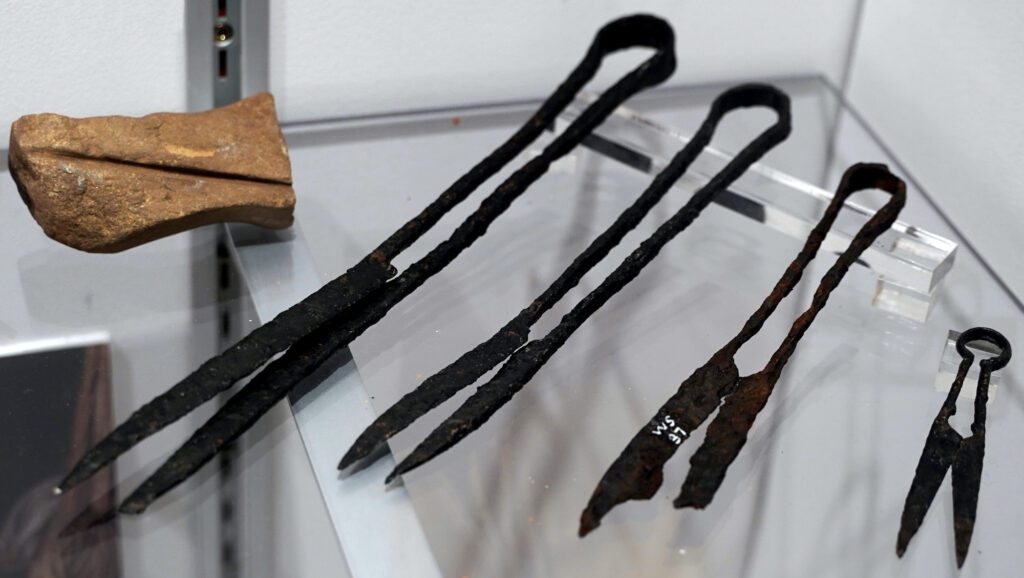Samantha Rose, Independent Researcher
Volga to Vinland: Early medieval dress & textiles 9 November, 2024
The establishment of Norse economic urban centres in Scandinavia produced concentrations of skilled artisans to support the expanding trade and settler networks emerging in the Viking Age. It was, however, the Scandinavian hinterlands which kept the requisite raw materials flowing into these centres, such as the vast amounts of wool needed for textile production. Textiles, including sailcloth, facilitated the economic and cultural boom of the Viking Age; their importance has only recently been emphasized.
Through examination of previously overlooked grave goods such as wool shears in the Central regions of Sweden and at Birka, Samantha Rose aims to explore the complex relationship between hinterland and urban areas. Of particular interest are the cultural and economic implications of these shears and other pastoral equipment placed into graves in Dalarna and Jämtland, an area previously associated most strongly with iron ore.

West Stow Anglo-Saxon Village Museum, photo ©Challe Hudson
